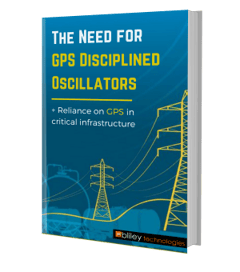The Halloween season is upon us once again. (Finally!)
So yes, we're about to take on the challenge of linking frequency control to Halloween. Can it be done? Maybe. Will it be done? Yes. (We never let the word "impossible" stop us in the past.)
In this post, you're going to discover the dark, creepy side of frequency control by listening to some of the scariest sounds that can be found in outer space.















